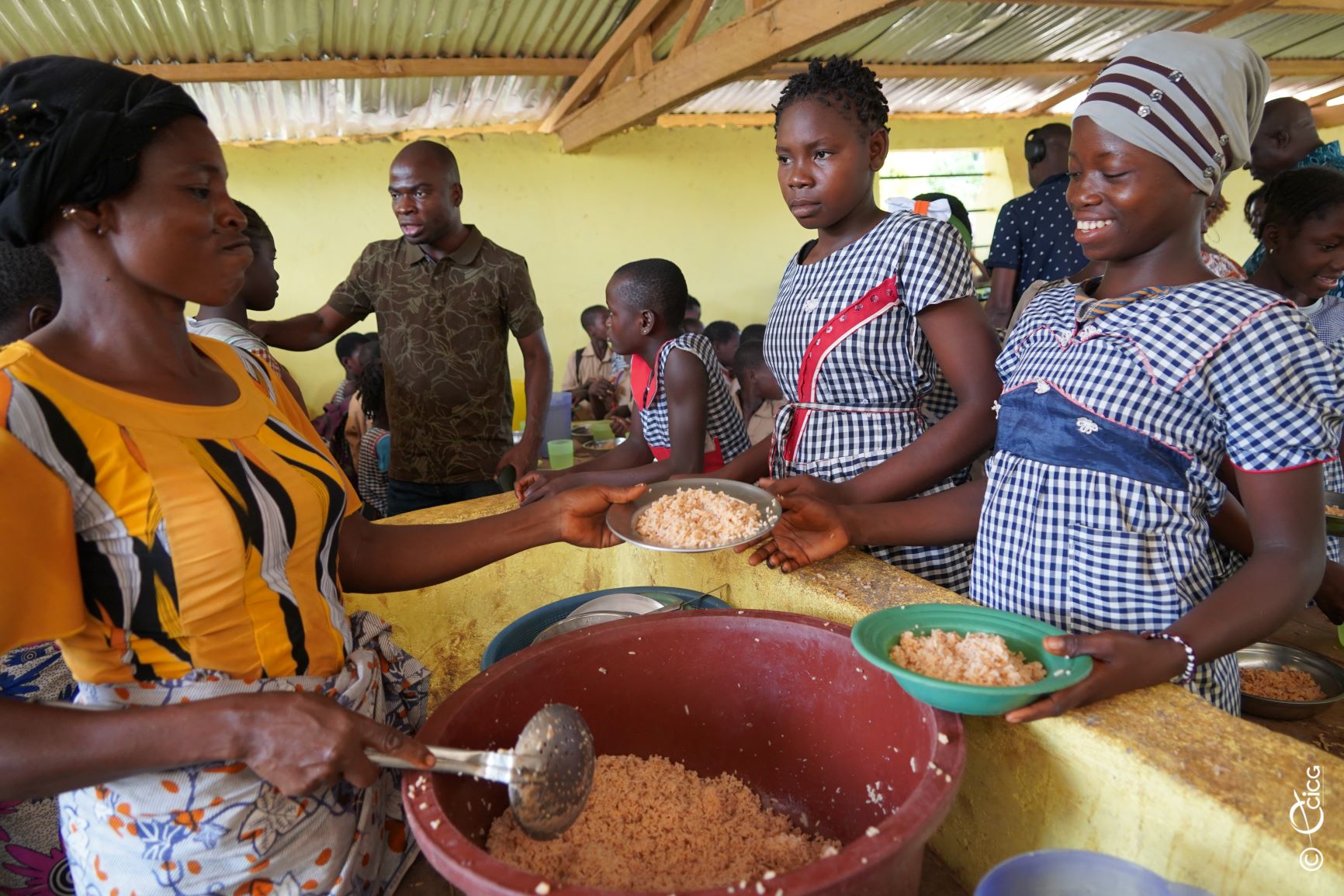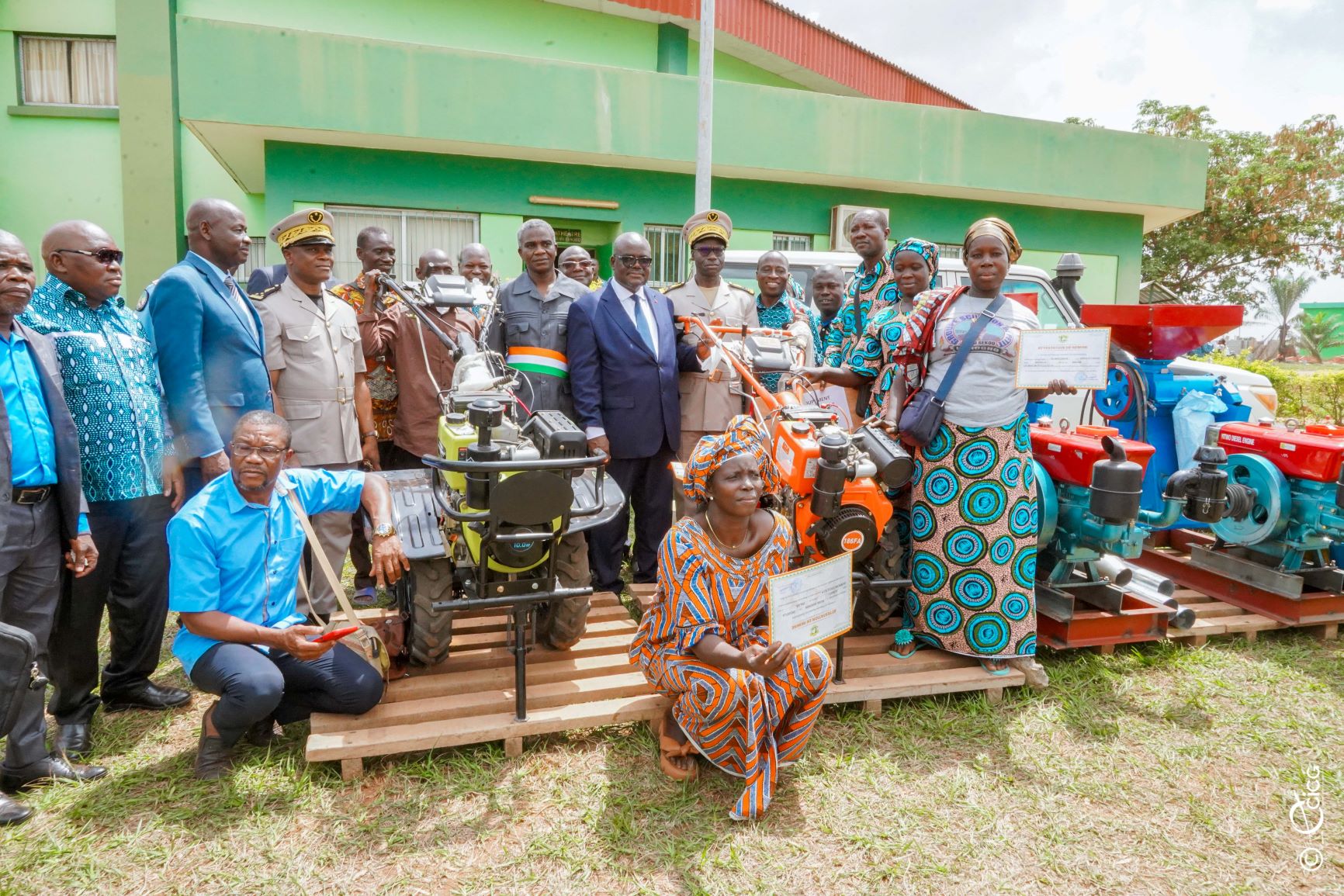Overview of the Healthcare System in Côte d'Ivoire
The healthcare system in Côte d'Ivoire faces significant challenges, but recent advancements have been made to improve healthcare delivery. As of the end of 2023, Côte d'Ivoire has one doctor for every 5,697 inhabitants, according to a press release signed by Dr. Aka Charles Koffi, director of the cabinet of the Minister of Health, Public Hygiene, and Universal Health Coverage. This statistic highlights the ongoing need for more healthcare professionals to adequately serve the Ivorian population.
Doctor-to-Population Ratio in Côte d'Ivoire
The doctor-to-population ratio is a critical metric in assessing the healthcare system in Côte d'Ivoire. With a total of 5,158 doctors for a population of 29,389,150, the ratio stands at 1 doctor per 5,697 inhabitants. While this is an improvement, it still falls short of the World Health Organization (WHO) standard, which recommends 1 doctor per 10,000 inhabitants. This gap underscores the urgent need for more medical professionals in the country to ensure adequate healthcare services.
Paramedical Personnel in the Healthcare System in Côte d'Ivoire
Paramedical personnel are essential to the healthcare system in Côte d'Ivoire. The country has 16,065 nurses, resulting in a ratio of 1 nurse for every 1,851 inhabitants. Additionally, there is 1 midwife for every 832 women of childbearing age. These figures reflect the efforts to bolster the healthcare workforce, but they also highlight areas where further investment is needed to improve healthcare accessibility and quality.
Technical Advancements in the Healthcare System in Côte d'Ivoire
Technical advancements have significantly impacted the healthcare system in Côte d'Ivoire. Before 2011, the country had only three scanners in the public sector, located in Gagnoa, Bouaké, and Abidjan. There were no MRI machines available in public health facilities. However, under the “Côte d'Ivoire Solidarity” program, the country now boasts 8 MRIs and 15 scanners, with many located outside the capital, improving healthcare access for rural populations.
Challenges and Opportunities in the Healthcare System in Côte d'Ivoire
Despite the progress, the healthcare system in Côte d'Ivoire still faces numerous challenges. The ratio of healthcare professionals to the population remains inadequate, and there is a continuous need for more infrastructure and equipment. However, the improvements made so far provide a foundation for future development. Increasing the number of trained medical professionals and investing in healthcare infrastructure are crucial steps toward a more robust healthcare system.
The healthcare system in Côte d'Ivoire is evolving, with significant strides made in increasing medical personnel and improving technical infrastructure. The doctor-to-population ratio, though improved, still requires attention to meet international standards. The addition of MRIs and scanners underlines the government's commitment to enhancing healthcare access and quality. Continued efforts to train more healthcare workers and invest in healthcare facilities will be essential in addressing the ongoing challenges and ensuring better health outcomes for all Ivorians.
In summary, the healthcare system in Côte d'Ivoire has shown resilience and progress. By focusing on the gaps in medical personnel and further developing healthcare infrastructure, the country can continue to improve its healthcare delivery and meet the needs of its growing population.










